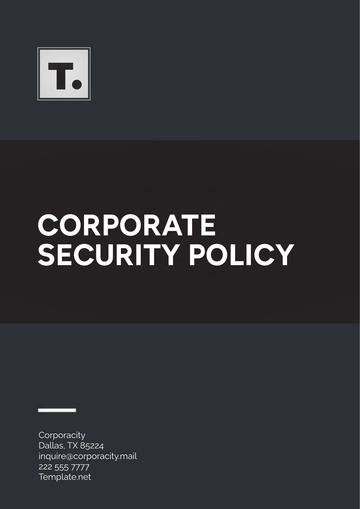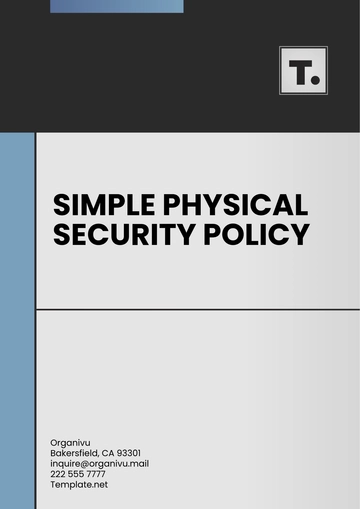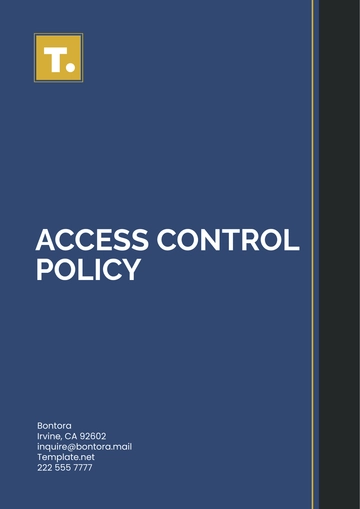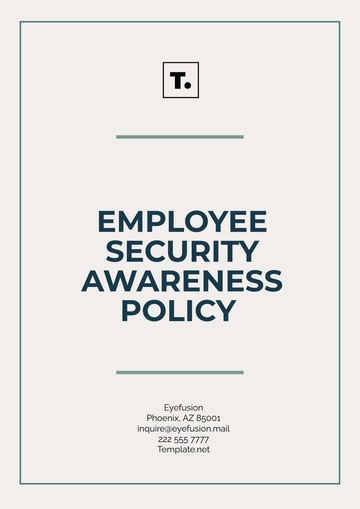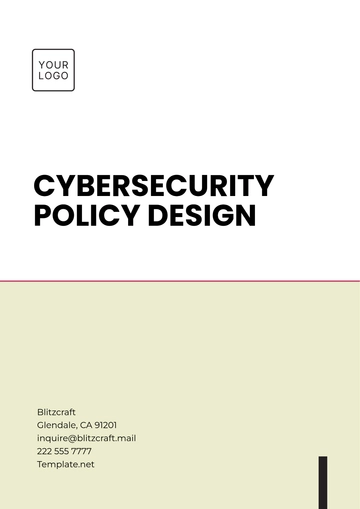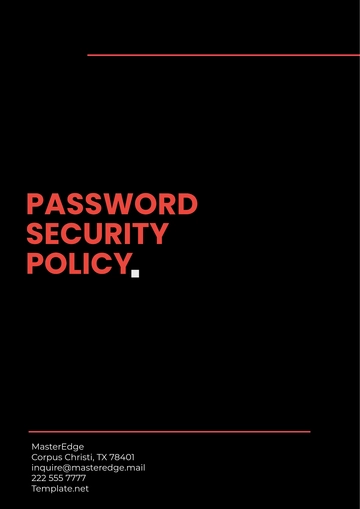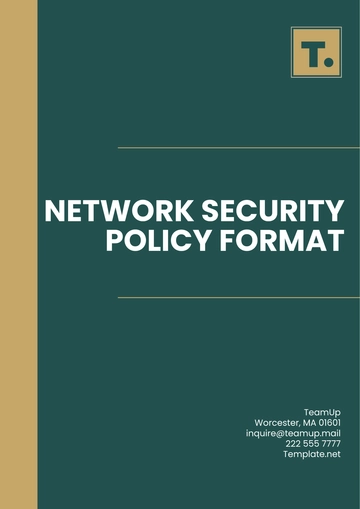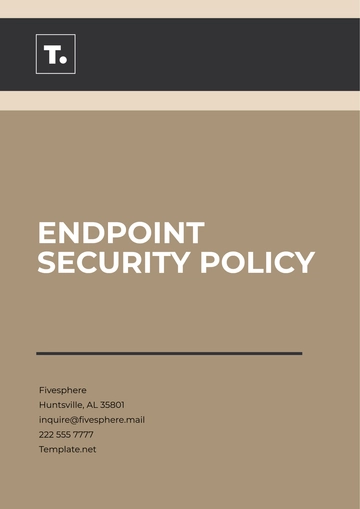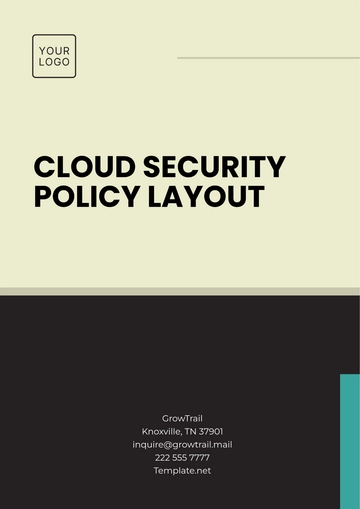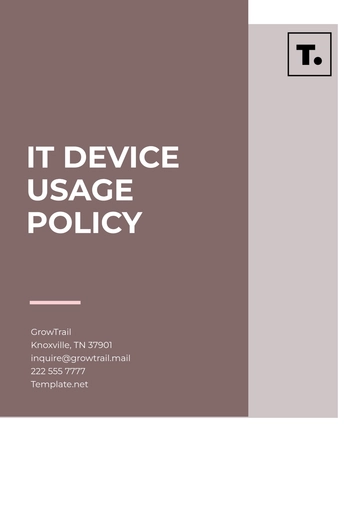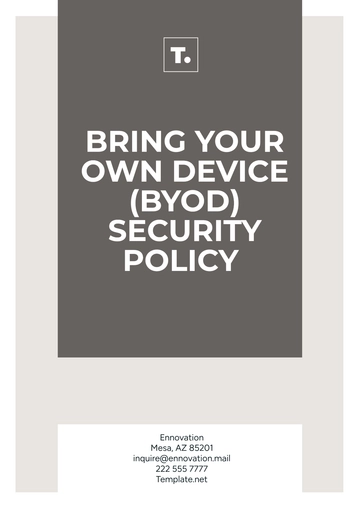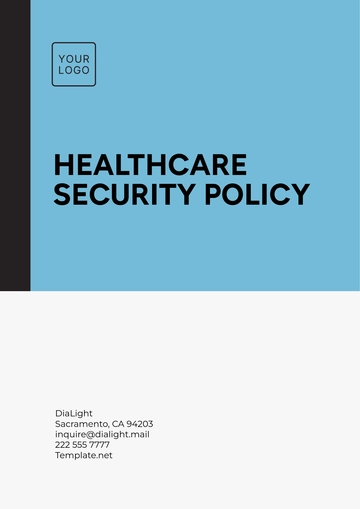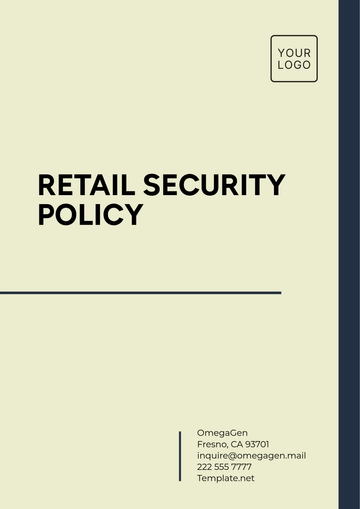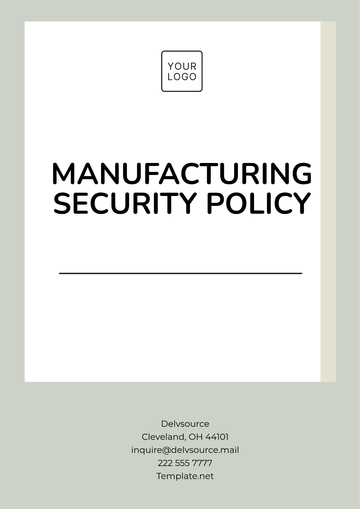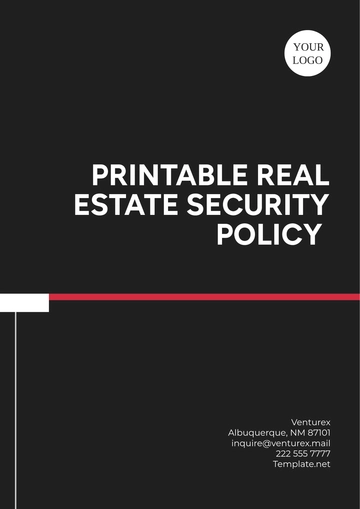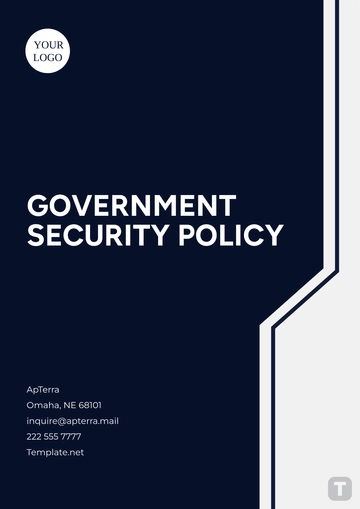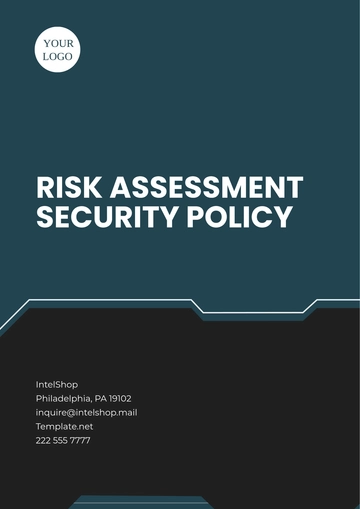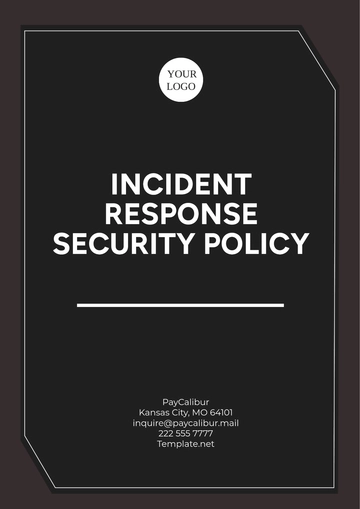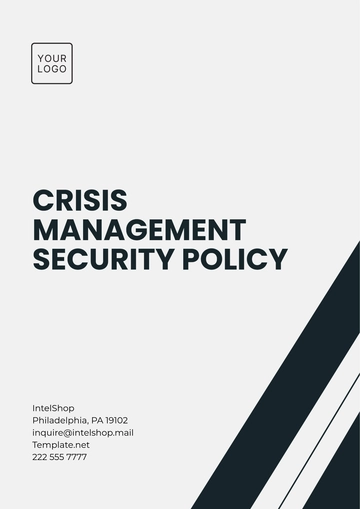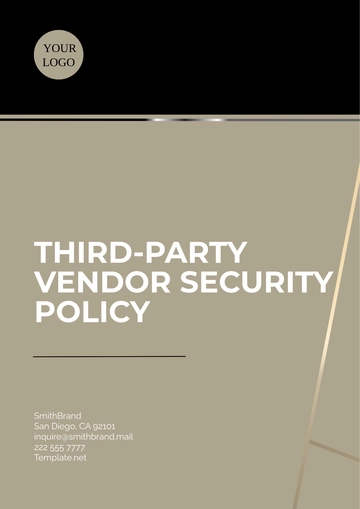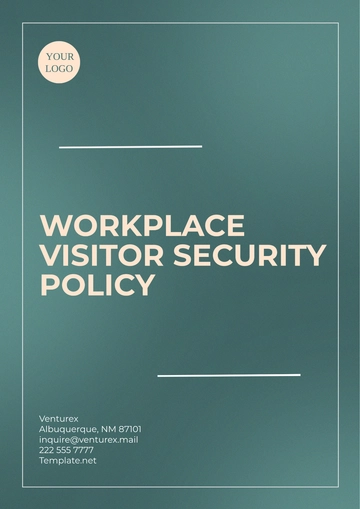Free Blank Movie Theater Security Policy
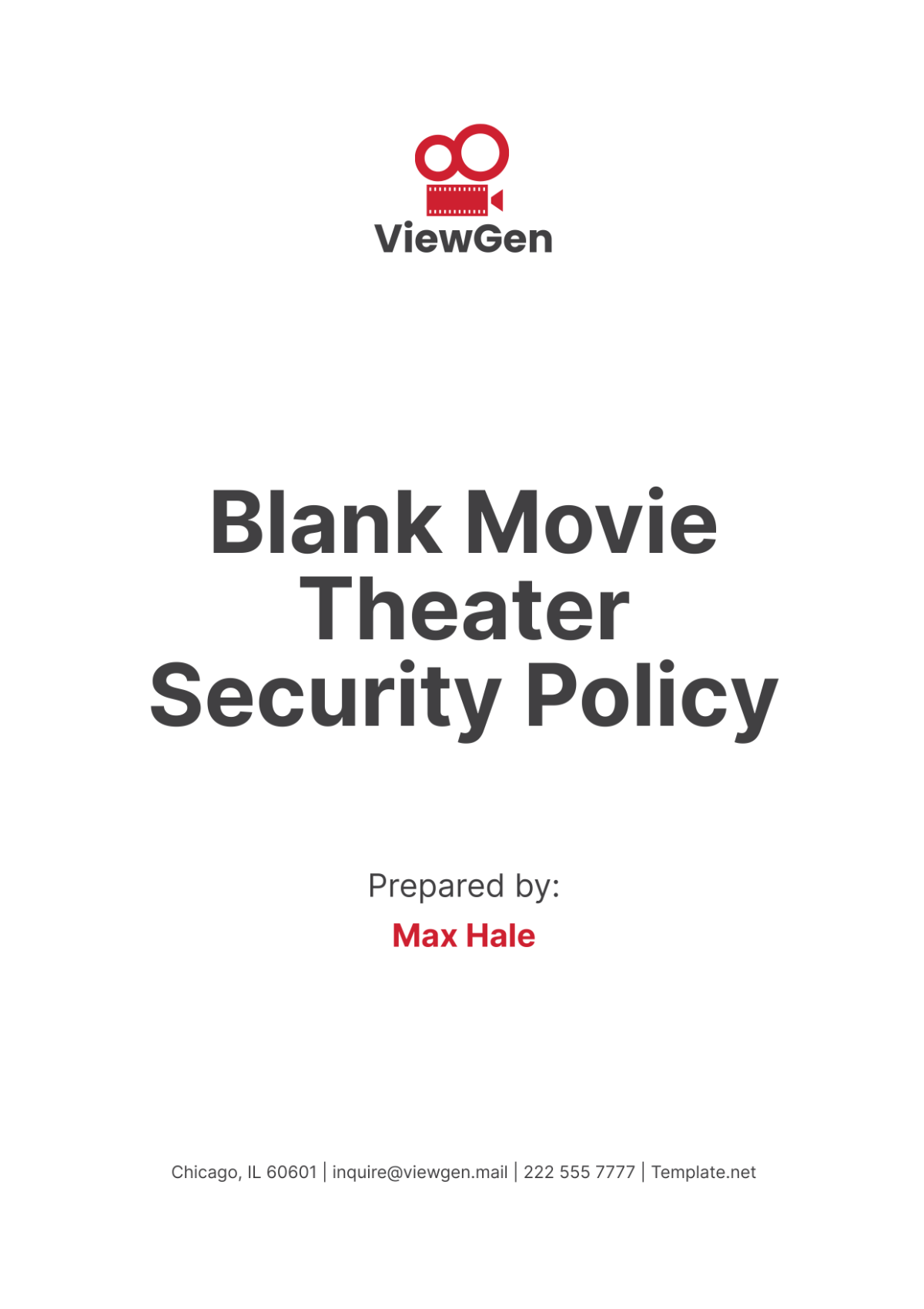
Introduction
This guide provides a framework for developing a comprehensive Movie Theater Security Policy. This policy aims to ensure the safety and security of patrons, employees, and assets within the theater, in compliance with US laws and industry standards.
1. Purpose and Scope
(Clearly state the policy’s aim, such as protecting against theft, vandalism, and ensuring patron safety.)
(Specify the locations and functions to which the policy applies (e.g., ticketing areas, auditoriums, parking lots).)
2. Roles and Responsibilities
(Outline the roles and responsibilities of staff and security personnel.)
(List the key security roles (e.g., Security Manager, Floor Staff, Surveillance Operators).
(Define each role’s specific responsibilities, such as monitoring surveillance systems, managing emergency situations, and conducting regular security checks.))
3. Security Procedures
(Detail the procedures for maintaining security within the theater.)
Access Control
Outline procedures for managing access to restricted areas (e.g., employee-only zones, storage rooms).
Specify the use of key cards, codes, or biometric systems.
Surveillance
(Describe the use of CCTV systems, including the locations of cameras and data retention policies.)
(Define protocols for monitoring and reviewing surveillance footage.)
Incident Reporting
(Provide procedures for reporting security incidents or breaches.)
(Include steps for documenting incidents and notifying appropriate authorities.)
Emergency Procedures
(Outline emergency protocols for various scenarios (e.g., fire, active shooter, natural disasters).)
(Include evacuation plans, emergency contact lists, and coordination with local emergency services.)
4. Training and Awareness
(Describe the training program for new and existing staff, including frequency and content.)
(Include details on security awareness campaigns and drills.)
5. Access and Control Measures
(Define access control systems, including security badges and access logs.)
(Describe procedures for issuing, tracking, and revoking access credentials.)
6. Property and Asset Protection
(Outline procedures for securing valuable assets (e.g., projection equipment, cash registers).)
(Specify protocols for inventory management and asset tracking.)
7. Compliance and Legal Requirements
(List applicable laws and regulations (e.g., OSHA, local fire codes).)
(Describe compliance measures and regular audits to ensure adherence.)
8. Review and Updates
(Establish a review schedule for the policy (e.g., annually or semi-annually).)
(Define procedures for updating the policy and communicating changes to staff.)
9. Contact Information
(Include contact details for the Security Manager, local law enforcement, and emergency services.)
(Provide information on how to report security issues or seek assistance.)
Conclusion
This guide serves as a foundational framework for developing a Movie Theater Security Policy. Tailor the content to meet the specific needs and circumstances of your theater, ensuring compliance with US laws and industry best practices. Regularly review and update the policy to maintain a safe and secure environment for all stakeholders.
- 100% Customizable, free editor
- Access 1 Million+ Templates, photo’s & graphics
- Download or share as a template
- Click and replace photos, graphics, text, backgrounds
- Resize, crop, AI write & more
- Access advanced editor
Ensure safety with the Blank Movie Theater Security Policy Template from Template.net. This fully customizable and editable template provides a comprehensive framework for your security policies. Easily editable in our Ai Editor Tool, it allows you to tailor every detail to your theater’s specific security requirements, ensuring a secure environment for all.
You may also like
- HR Policy
- Restaurant Policy
- Company Policy
- Accounting Policies and Procedures
- Website Policy
- Privacy Policy
- Safety Policy
- School Policy
- IT and Software Policy
- Law Firm Policy
- Construction Policy
- Interior Design Policy
- Travel Agency Policy
- Education Academic Policy
- Security Policy
- Real Estate Policy
- Expense Policy
- Software Policy


